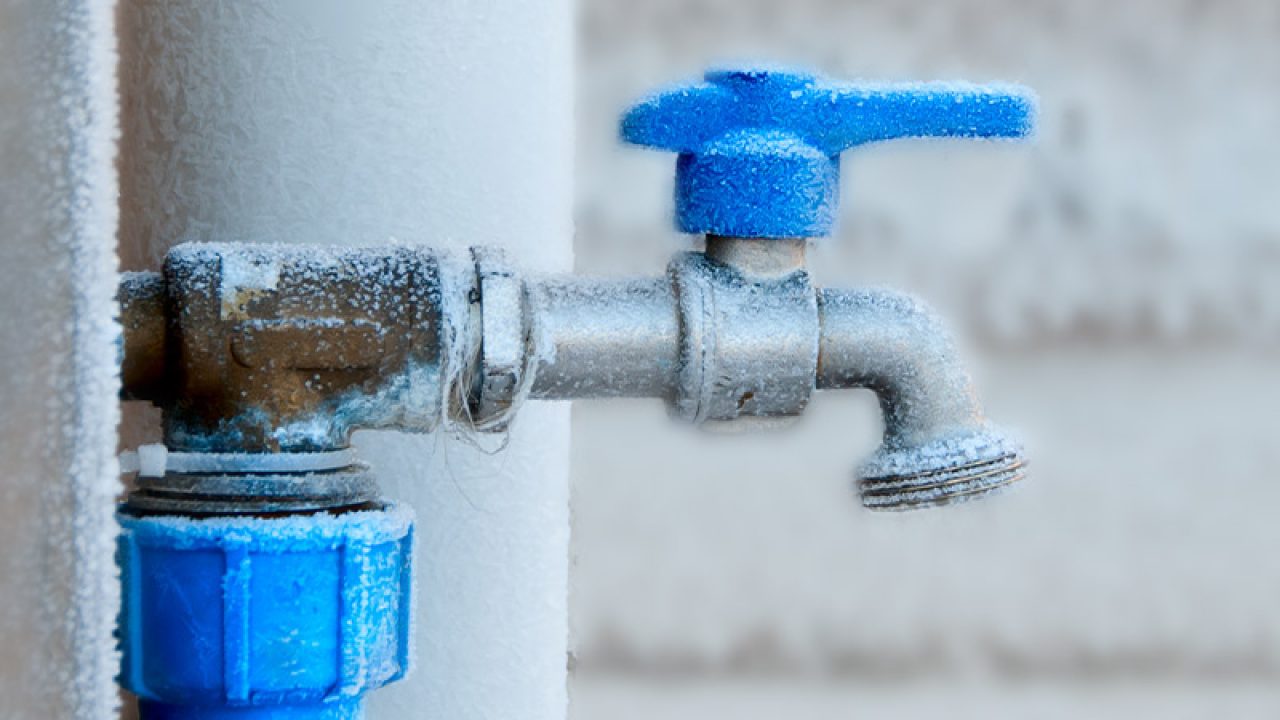Tips to Protect Your Pipes from Cold Weather: Specialist Guidance
Book-NowThey are making a number of great annotation on the subject of Winter Plumbing Precautions: Preventing Frozen Pipes overall in this great article below.

Cold weather can wreak havoc on your pipes, especially by freezing pipelines. Right here's how to stop it from occurring and what to do if it does.
Introduction
As temperature levels drop, the danger of frozen pipes increases, possibly leading to expensive repairs and water damage. Comprehending just how to avoid icy pipes is important for home owners in cold climates.
Avoidance Tips
Insulating susceptible pipelines
Wrap pipes in insulation sleeves or utilize warmth tape to protect them from freezing temperatures. Focus on pipelines in unheated or external locations of the home.
Home heating techniques
Keep interior spaces adequately heated, especially locations with plumbing. Open cupboard doors to enable warm air to circulate around pipes under sinks.
Exactly how to identify frozen pipes
Seek lowered water circulation from faucets, unusual odors or noises from pipes, and visible frost on revealed pipes.
Long-Term Solutions
Structural adjustments
Think about rerouting pipes away from exterior wall surfaces or unheated locations. Include additional insulation to attics, cellars, and crawl spaces.
Upgrading insulation
Invest in top quality insulation for pipes, attic rooms, and wall surfaces. Correct insulation assists maintain regular temperature levels and decreases the danger of frozen pipelines.
Safeguarding Exterior Pipes
Yard hose pipes and exterior faucets
Disconnect and drain pipes yard pipes prior to wintertime. Set up frost-proof faucets or cover outdoor taps with shielded caps.
Understanding Frozen Pipes
What triggers pipelines to ice up?
Pipelines ice up when exposed to temperatures below 32 ° F (0 ° C) for expanded durations. As water inside the pipelines ices up, it increases, taxing the pipeline wall surfaces and possibly creating them to rupture.
Dangers and problems
Icy pipelines can bring about water supply disruptions, residential property damages, and costly repair services. Burst pipes can flood homes and cause considerable architectural damages.
Indications of Frozen Pipeline
Identifying icy pipelines early can avoid them from rupturing.
What to Do If Your Pipes Freeze
Immediate activities to take
If you presume frozen pipelines, maintain taps available to eliminate stress as the ice melts. Use a hairdryer or towels taken in hot water to thaw pipelines slowly.
Verdict
Stopping frozen pipelines requires aggressive steps and fast reactions. By recognizing the causes, indicators, and safety nets, homeowners can safeguard their pipes during cold weather.
5 Ways to Prevent Frozen Pipes
Drain Outdoor Faucets and Disconnect Hoses
First, close the shut-off valve that controls the flow of water in the pipe to your outdoor faucet. Then, head outside to disconnect and drain your hose and open the outdoor faucet to allow the water to completely drain out of the line. Turn off the faucet when done. Finally, head back to the shut-off valve and drain the remaining water inside the pipe into a bucket or container. Additionally, if you have a home irrigation system, you should consider hiring an expert to clear the system of water each year.
Insulate Pipes
One of the best and most cost-effective methods for preventing frozen water pipes is to wrap your pipes with insulation. This is especially important for areas in your home that aren’t exposed to heat, such as an attic. We suggest using foam sleeves, which can typically be found at your local hardware store.
Keep Heat Running at 65
Your pipes are located inside your walls, and the temperature there is much colder than the rest of the house. To prevent your pipes from freezing, The Insurance Information Institute suggests that you keep your home heated to at least 65 degrees, even when traveling. You may want to invest in smart devices that can keep an eye on the temperature in your home while you’re away.
Leave Water Dripping
Moving water — even a small trickle — can prevent ice from forming inside your pipes. When freezing temps are imminent, start a drip of water from all faucets that serve exposed pipes. Leaving a few faucets running will also help relieve pressure inside the pipes and help prevent a rupture if the water inside freezes.
Open Cupboard Doors
Warm your kitchen and bathroom pipes by opening cupboards and vanities. You should also leave your interior doors ajar to help warm air circulate evenly throughout your home.

We were made aware of that report on 6 Ways to Prevent Frozen Pipes from a buddy on our other website. Do you know about somebody who is excited by the topic? Feel free to promote it. Many thanks for going through it.
Call Today